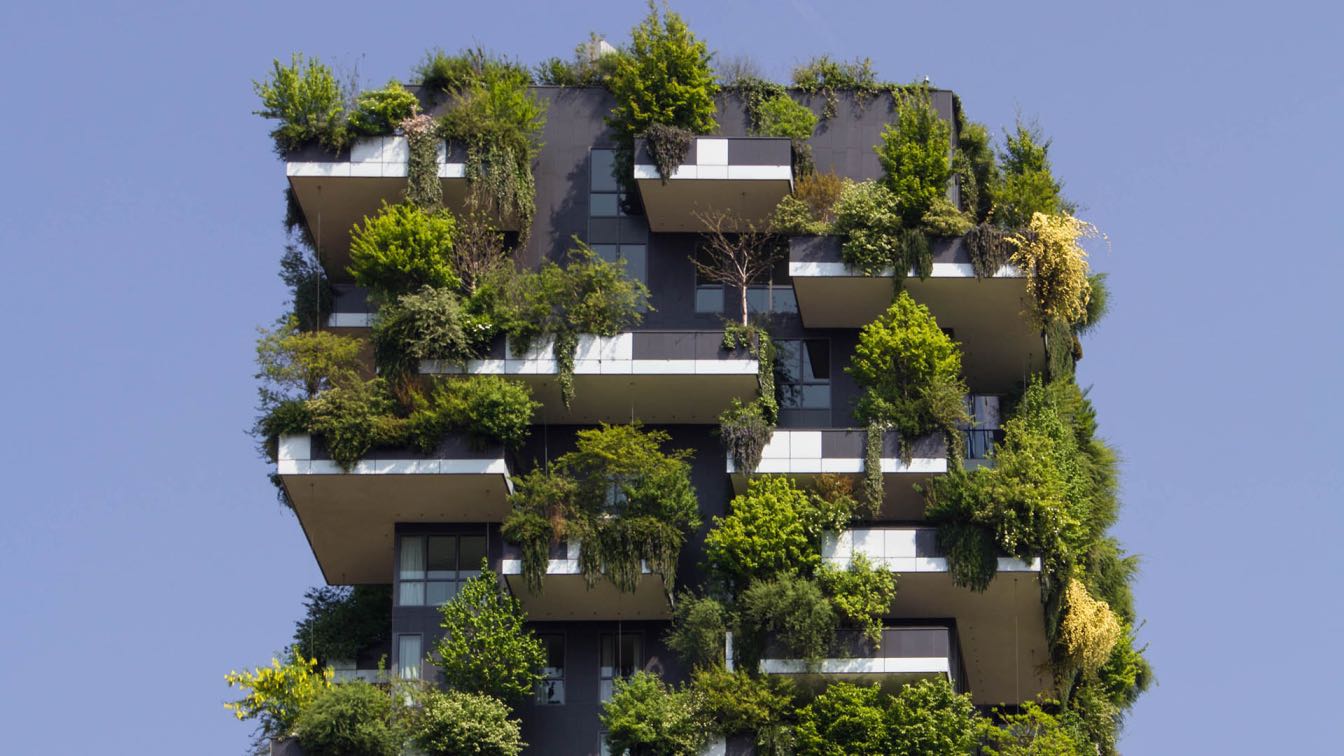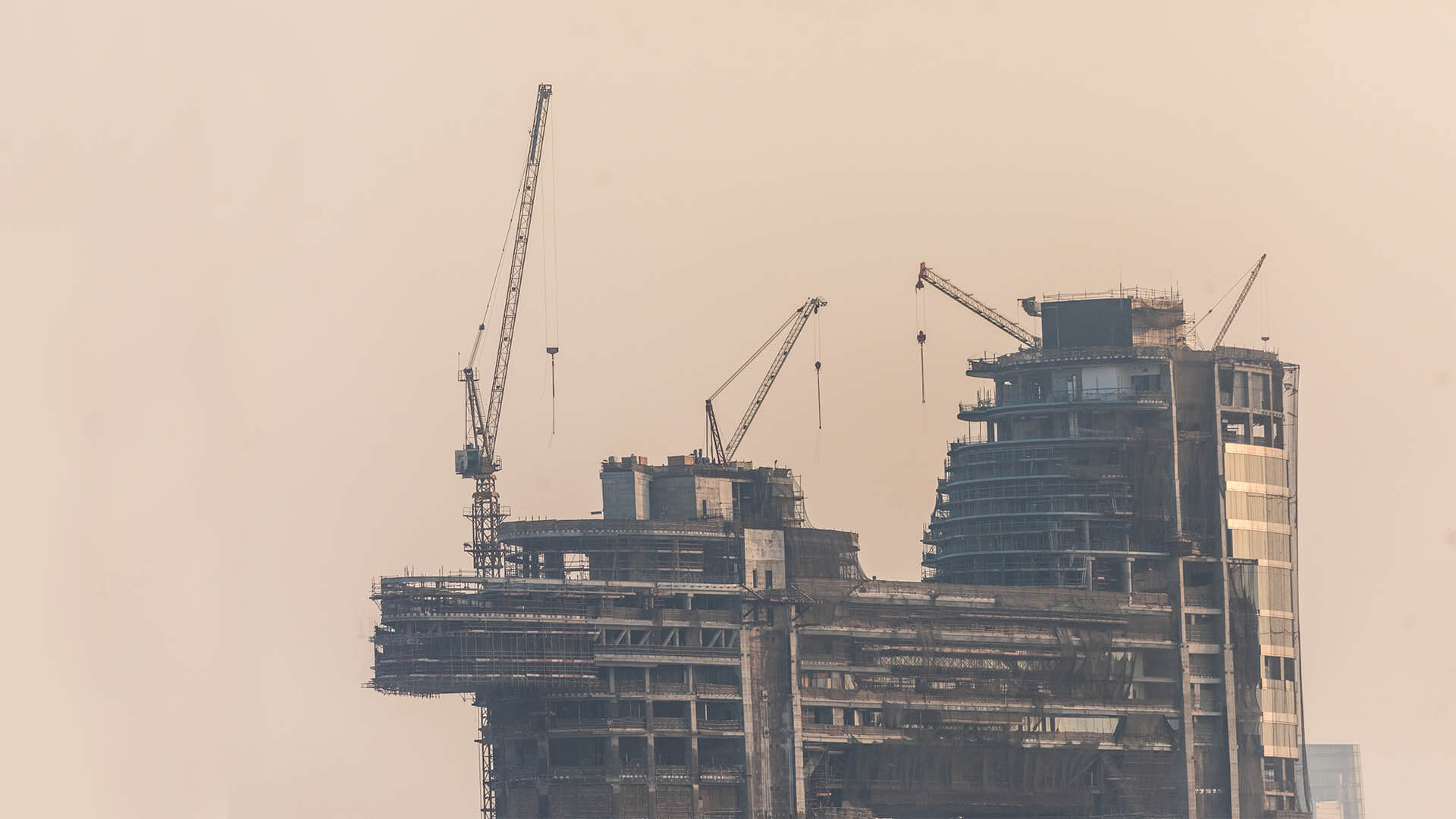Baltimore is known for its rich history and charming neighborhoods. What’s more, moving to a historic home in Baltimore, MD, offers a unique opportunity to live in a piece of history. However, balancing architectural preservation with the conveniences of modern living can be challenging. How do you update your home without compromising its historical integrity? From understanding the unique features of Baltimore’s architectural styles to navigating local preservation regulations and finding sustainable living solutions, we will guide you through the process.
The Charm of Historic Homes
Baltimore’s historic homes are a testament to diverse architectural styles, such as Federal and Victorian, offering unique charm and character. These homes feature intricate details like stained glass windows, original woodwork, and handcrafted moldings that tell a story of the past. When planning a successful home renovation, it's essential to appreciate and preserve these distinctive elements.
The allure of these properties lies in their historical authenticity, which provides a tangible connection to Baltimore's rich heritage. So, by maintaining these original features, homeowners can honor the past while creating a unique living space. Embracing the charm of historic homes means valuing their history and working to ensure that every renovation respects and enhances their timeless beauty.
 When moving to a historic home in Baltimore, MD, take care to preserve its unique features. Image © Jack Bulmer
When moving to a historic home in Baltimore, MD, take care to preserve its unique features. Image © Jack Bulmer
Assess the Condition of Your Historic Home
Before planning your upcoming relocation, you must thoroughly assess your historic home's condition. Start with a comprehensive inspection to identify structural issues, such as foundation cracks, roofing problems, or outdated electrical systems. Understanding these potential challenges allows you to plan necessary repairs and restorations.
Hire the Right Professionals
Next, engage professionals specializing in historic properties to evaluate areas needing attention, ensuring that all work respects the home's original integrity. Inquire about the extent and duration of the work. If it’s a minor project, you can begin your relocation, but make sure you find movers to help you out. Look for moving companies familiar with the historic properties in the area and the moving challenges they pose. As such, you can rest assured they won’t damage anything in your historic home.
Navigate Local Preservation Regulations
Navigating local preservation regulations is vital when moving to a historic home in Baltimore, MD. The city's preservation laws and guidelines are designed to protect the architectural heritage. Therefore, before starting any renovations, familiarize yourself with these regulations to ensure compliance.
This process often involves obtaining permits and approvals from local preservation boards and societies. Working closely with these entities can provide valuable insights and support, helping you align your renovation plans with legal requirements. Consulting with preservation experts can also help you understand your home's specific limitations and possibilities.
Integrate Modern Amenities Without Compromising History
Integrating modern amenities without compromising history is key to enjoying the best of both worlds in your historic Baltimore home. Focus on upgrades that respect the architectural integrity, such as installing energy-efficient appliances that blend seamlessly with the existing design. During an interior design renovation, consider updating kitchens and bathrooms with modern fixtures that complement historical aesthetics. Techniques like concealed wiring and plumbing can modernize your home without altering its character.
Likewise, choose materials and finishes that echo the original style, ensuring new additions harmonize with the old. By thoughtfully incorporating contemporary conveniences, you can enhance your living experience while preserving the timeless beauty of your historic home.
Sustainable Living in a Historic Home
Sustainable living in a historic home is achievable with thoughtful, eco-friendly improvements that maintain the property’s character. Start with energy-efficient solutions like insulated windows and doors that preserve the aesthetic while reducing energy costs. Installing solar panels in less visible areas can provide renewable energy without compromising the home's appearance.
Using sustainable materials such as reclaimed wood and non-toxic paint or reusing materials you already havealigns with the home's historic essence. Embrace rainwater harvesting and green landscaping to enhance sustainability further. By incorporating these practices, you can enjoy a modern, eco-friendly lifestyle while honoring the history of your home.
Maintain the Authenticity of Your Historic Home
Maintaining the authenticity of your historic home requires ongoing dedication to preserving its original features. Regular maintenance tasks like checking for water damage and repairing old roofing are essential to prevent deterioration. Preserving original materials like brick, plaster, and woodwork helps retain the home's historical charm.
When replacements are necessary, choose materials that match the original as closely as possible. Finding skilled craftsmen specializing in historic restoration ensures high-quality work that respects the home's integrity. Focusing on these details keeps the historical essence alive while ensuring the home remains functional and beautiful.
Create a Harmonious Interior Design
Creating a harmonious interior design in your historic home involves seamlessly blending modern and antique elements. Begin by incorporating furniture that complements the architectural style, mixing contemporary pieces with vintage finds. Use color schemes that reflect the era of the home while adding modern touches to keep the space fresh and inviting.
Also, highlight historical features, such as original moldings or fireplaces, using them as focal points in your design. Incorporate textures and fabrics that enhance the historical ambiance without overpowering it. Thoughtful lighting choices can accentuate both modern and historical aspects, creating a cohesive look. By balancing new and old, you can make an interior that respects the home’s history while providing the comfort and style of modern living.
Embrace the Historic Community
Embracing the historic community adds depth to your living experience in a historic home. Moving to a historic home allows you to engage with local historical societies and attend community events to connect with neighbors who share your appreciation for Baltimore’s heritage. Participating in preservation efforts, such as neighborhood clean-ups or restoration projects, fosters a sense of belonging and stewardship.
Living in a historic district offers unique social and cultural benefits, including access to tours and educational programs that highlight the area’s history. Embracing the historic community enriches your living experience, making your home not just a place to live but a part of a vibrant historical tapestry.
Conclusion on Moving to a Historic Home in Baltimore, MD
Balancing architectural preservation and modern living is crucial when moving to a historic home in Baltimore, MD. By understanding the charm, assessing the condition, navigating regulations, integrating modern amenities, and maintaining authenticity, you can enjoy a harmonious blend of past and present. Embrace sustainable practices and engage with the historic community to enrich your experience. With thoughtful planning, you can preserve history while enjoying the comforts of modern living.





